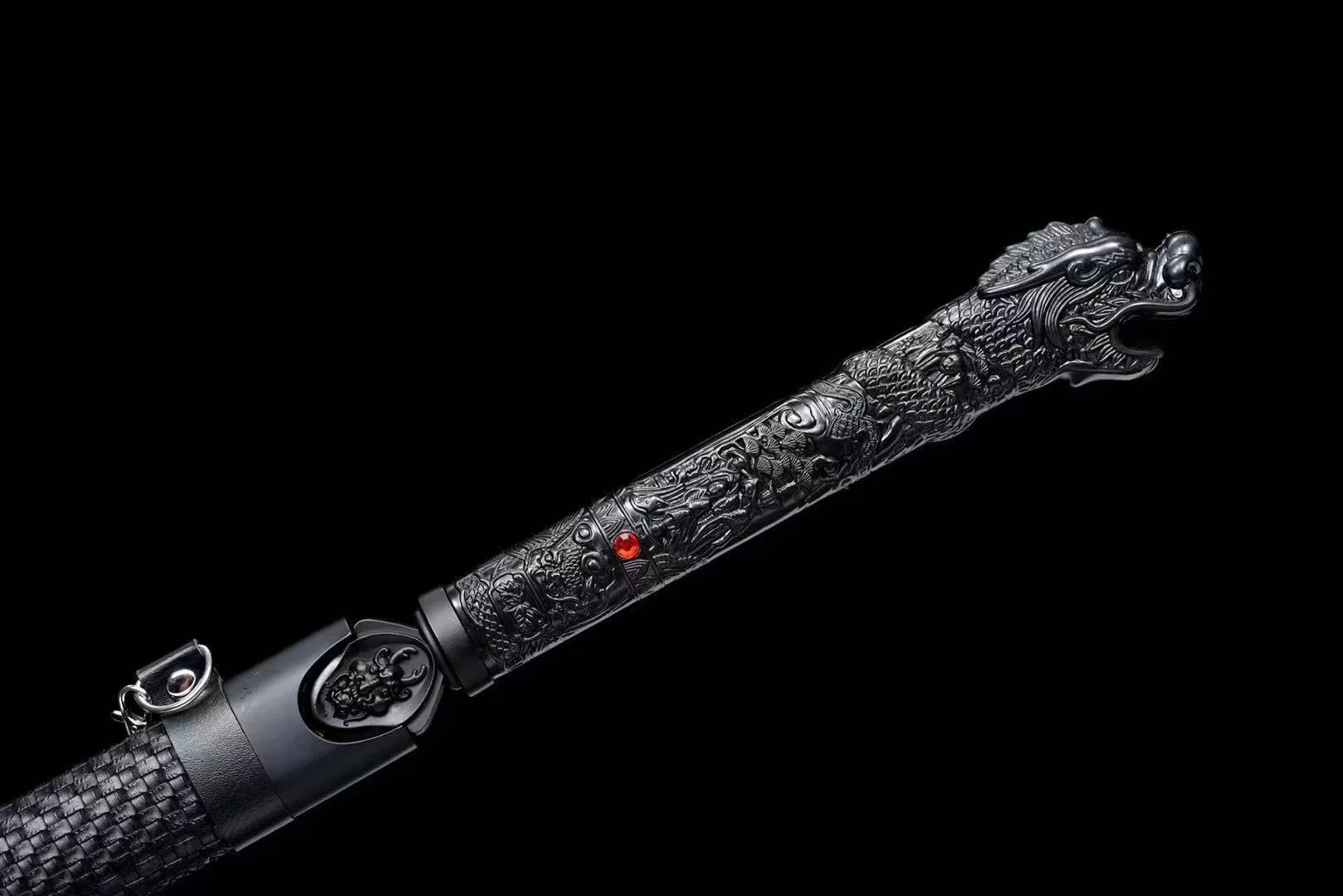The katana, revered as the soul of the samurai, transcends its physical form to embody the ethos, heritage, and honor of an entire culture. Within the tapestry of samurai tradition, the katana holds a pivotal role, symbolizing not just a weapon but a code of conduct, a legacy of craftsmanship, and an embodiment of the warrior’s spirit.
At the core of samurai culture lies the Bushido—the way of the warrior—a code that extols virtues of loyalty, courage, integrity, and honor. The katana, wielded by these noble warriors, wasn’t just a tool for combat but a symbol of their adherence to this code. It became an extension of their very being, reflecting their character and embodying the essence of their dedication to duty.
Crafted by skilled swordsmiths through an intricate process involving heat, folding, and tempering, the katana’s creation was a labor of reverence and respect. Each sword bore the mark of its maker and encapsulated the history and skill of its creator. The forging of a katana for sale was not merely an act of craftsmanship but a spiritual endeavor, infusing the blade with the samurai’s ethos and the essence of honor.
Moreover, the katana’s significance extended beyond its role in combat. It was a symbol of status, passed down through generations within samurai families—a testament to lineage, heritage, and the responsibility that came with wielding such a revered weapon. To draw one’s katana wasn’t just a physical act but a declaration of resolve, a moment charged with the weight of honor and duty.
The relationship between a samurai and their katana was deeply intimate. Samurai warriors devoted their lives to mastering the art of swordsmanship, training tirelessly to achieve a state of harmonious unity with their blades. The art of drawing the katana, known as iaido, exemplified this harmony—a precise, fluid motion that embodied tranquility amidst potential chaos.
Even in times of peace, the katana remained an integral part of the samurai’s identity. It was a symbol of their commitment to uphold justice, protect the weak, and serve their lords with unwavering loyalty—a constant reminder of their role as protectors and guardians of their society.
“Blades of Honor” commemorates the profound role of the katana in samurai culture—a symbol that transcends its physical form to encapsulate the very essence of honor, duty, and the unwavering spirit of the samurai. It stands not just as a blade but as a testament to an enduring legacy—a legacy of honor and valor that continues to resonate through the corridors of time.



